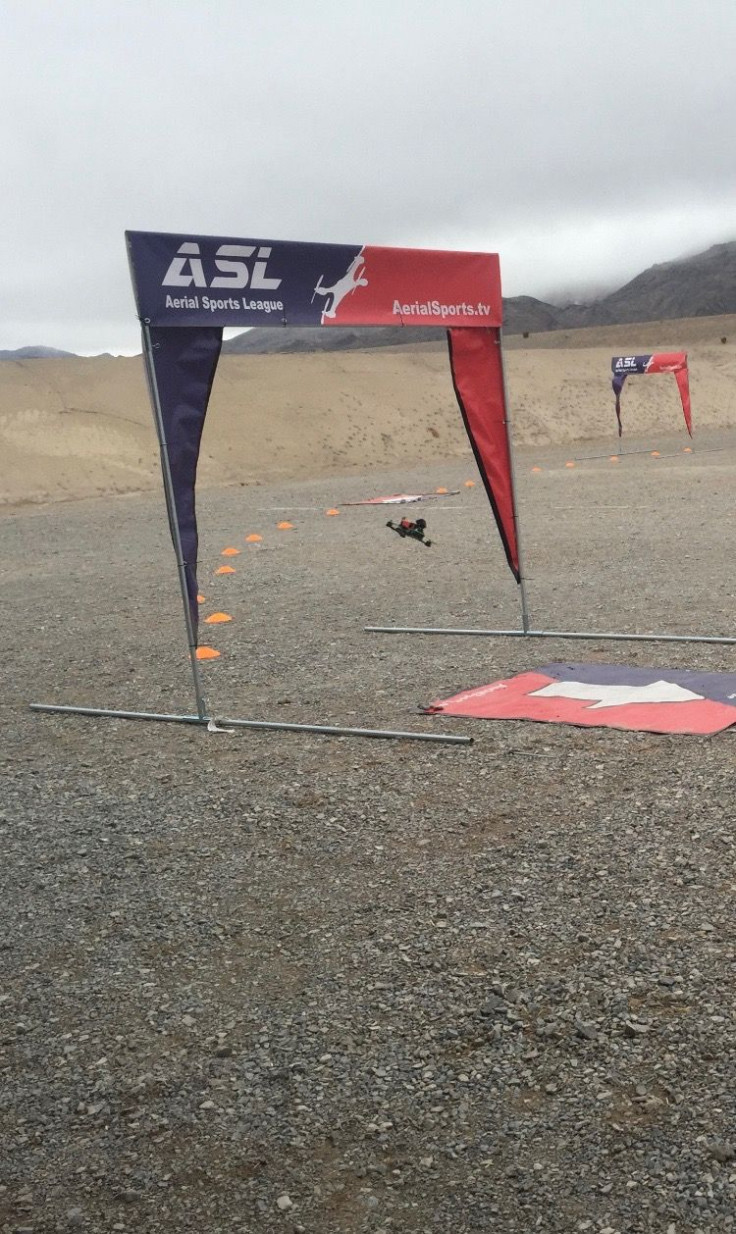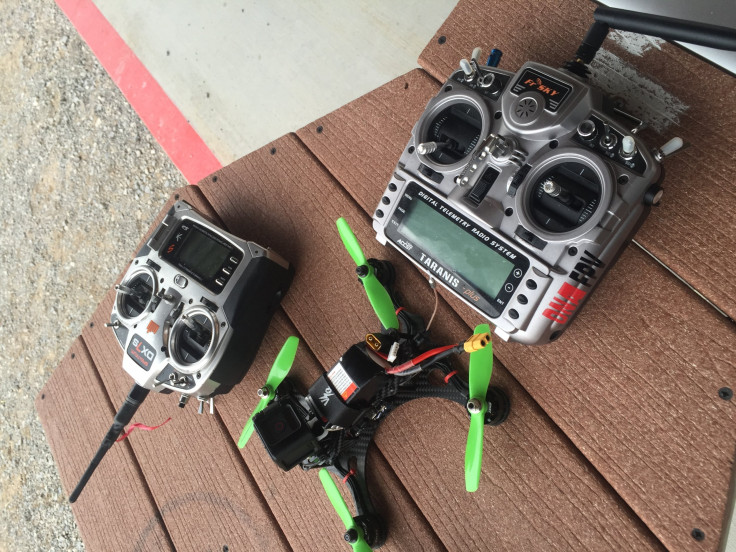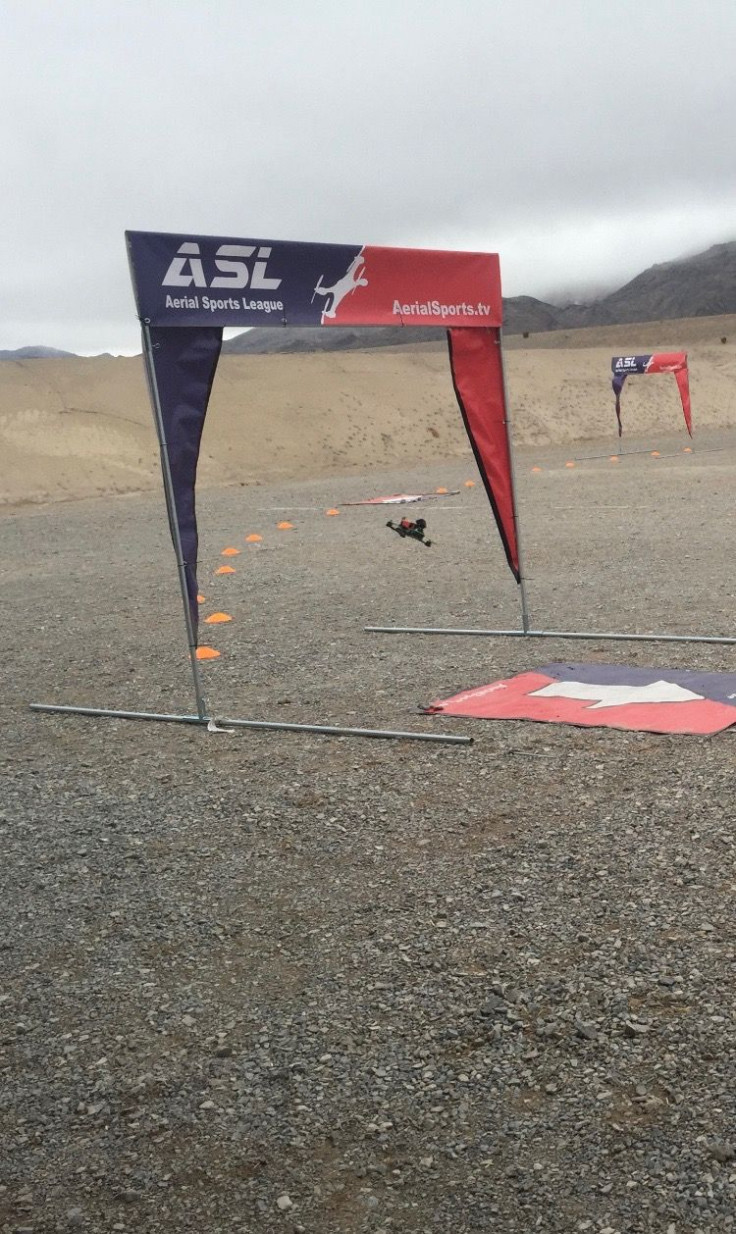Imagine an instant jolt of adrenaline. You’re whizzing along at speeds of more than 50mph through the air. Taking sharp turns to avoid obstacles and jockeying for position, your focus can only be on one thing: flying your drone. If not, it’s crash and burn.
This situation is what drone racing pilots feel at every Aerial Sport League competition, according to Douglas Burnet, founder of the Aerial Sports League. Pilots fly the drones with remote controls but through first-person goggles. The only thing pilots sees is what the drone camera sees.
“When the pilot is flying, their brain thinks they are going through the air at 60 mph, total head rush, dopamine, all the good stuff. It’s an addicting presence,” Burnet told iDigitalTimes. “I liken it to a drug, you’re getting that rush. They take off the goggles, their faces are just lit, it’s that type of a rush.”
Coolest thing we've seen from #CES2016 so far: drone races! #drones pic.twitter.com/NjCSjGWwKQ
— idigitaltimes (@idigitaltimes) January 5, 2016
Burnet and his Aerial Sports League team were demoing their racing drones and course at the Clark County Shooting Complex Tuesday during CES 2016. One of the pilots, Lester Kahn, said he’s always been a fan of motorized things that go fast, but drone racing suits him better as he’s gotten older.
“Growing up I was into dirt bikes and motorcycles, cars and things like that. Now I’m older, I have my feet safely planted and I can take the drone up and do crazy stuff,” Kahn said. “It’s an extreme sport from the safety of your seat.”

The league has eight chapters across the world and competitions happen weekly. Burnet said smaller gatherings have 10-12 people and bigger competitions exceed 100 participants with thousands of spectators.
Aerial Sports League started around five years ago and was previously called “Game of Drones.” It didn’t do racing then, but drone demolition derby-type events. Drone derbies are still a big part of the league but are far less violent than the first events.
“When we were doing this as a Friday night fight club type of thing, we were using explosives and all kinds of projectiles but when we started doing it in the public we really neutered it,” Burnet said. “Made it much safer.”
Some of that explosiveness from their past, however, could eventually make its way back due to the success of drone racing and derbies.
Burnet said the fast-growing drone racing competitions, which have been around for around a year, will be the next big sport. Currently, the league is working on two television contracts to bring drone racing to your TV screen.

“We’re likely to be televised within the next year,” he said. “At that point we’ll bring it more to the battle bots, with the plexiglass, explosives and the gloves will come off. And as a sport, it will become bombastic again.”
Until then, the Aerial Sports League and its pilots will continue to build the sport simultaneously with the rise of drone popularity. The sport and competition aspect of drones is where Burnet see the future of commercial success for drones.
As of today, he said, most money spent in the industry are for photography drones. Due to the previously mentioned addictiveness of the sport and the price point, Burnet said it's obvious racing drones will soon far succeed their predecessors.
"Drone sports are very different," he said. "It’s more about the fun of it. It’s not about the end product, it’s about the journey itself."

















